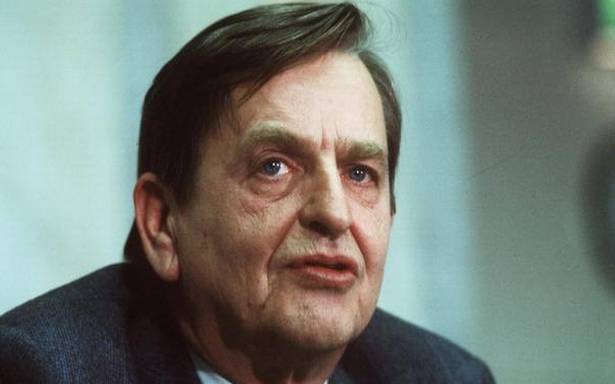Close to midnight on February 28, 1986, Sweden’s Prime Minister Olof Palme and his wife Lisbet were walking to a metro station after watching a movie with their son and his girlfriend at Stockholm’s Grand Cinema. Palme had already dismissed his security for the day. When they were crossing the central Stockholm street Sveavagen, the Prime Minister and his wife came under attack. He was shot in the back at close range. At least a dozen people saw a man firing shots and fleeing the scene. Nobody saw his face. At the Sabbatsberg Hospital, Palme, who was 59, was pronounced dead on arrival. Lisbet survived.
Palme’s murder had been the most high-profile mystery in Scandinavia, a region known for its top-quality crime novelists, from Maj Sjowall and Per Wahloo to Henning Mankell and Jo Nesbo. Palme, a long-time protégé of Prime Minister Tage Erlander, who ruled Sweden from 1946 to 1969, was the undisputed leader of the Swedish Social Democratic Workers Party from 1969 until his assassination. Since 1986, several investigators followed multiple leads, interviewed hundreds of people, including the witnesses, tested several hypothesis. Current Prime Minister Stefan Löfven called the case an “open wound” in Swedish society. Thirty four years later, on June 10, the Swedish police held a press conference and announced that they finally know who the killer is.
No dearth of enemies
With his strong political views, support for anti-colonial movements, strong opposition towards the apartheid regime in South Africa, Palme was a

